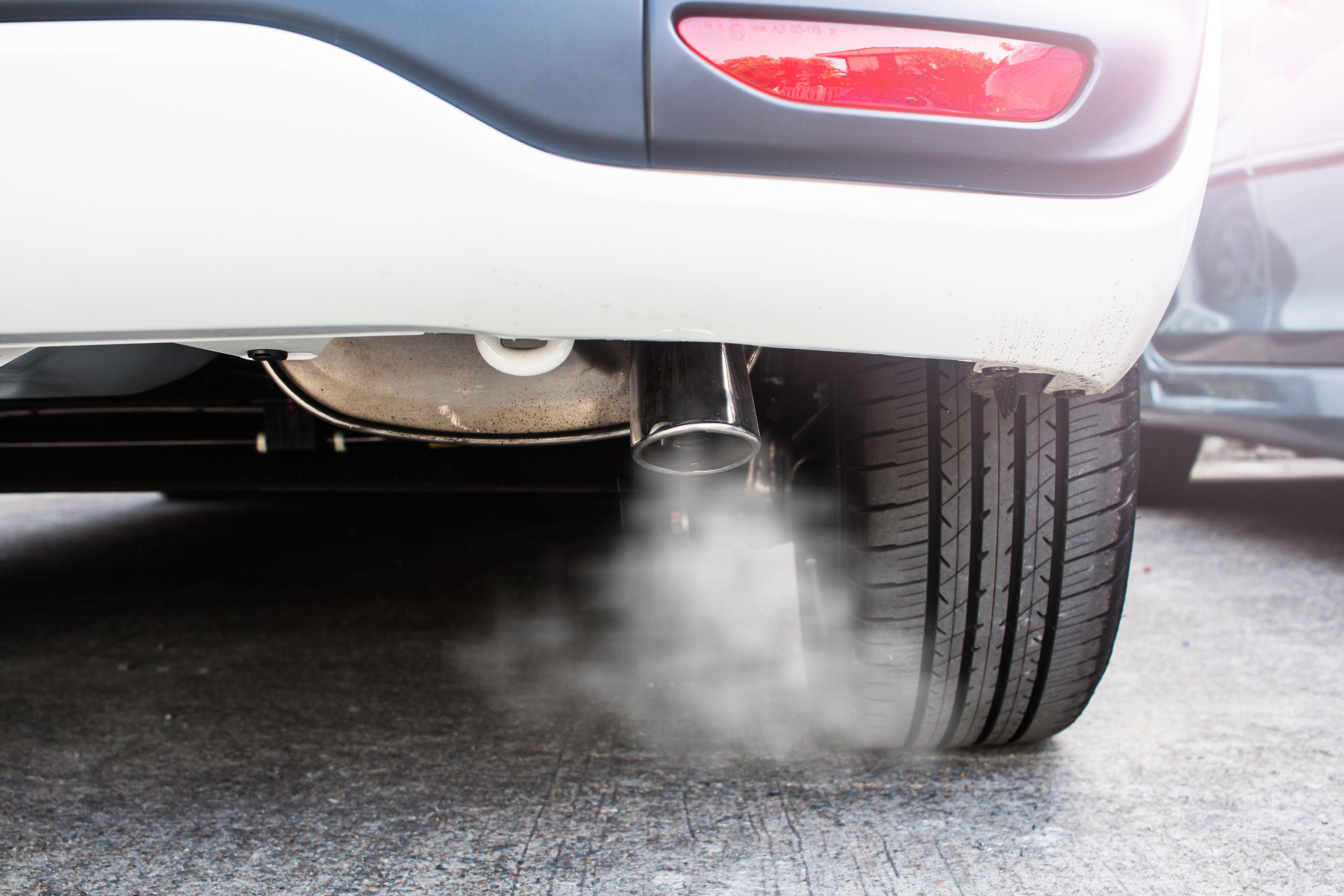New Device Developed to Detect Pollutants in Vehicle Emissions
A new methodology for trapping polycyclic aromatic hydrocarbons from vehicular emissions using an in-tube extraction device (IT-FEx) and analyzing them through gas chromatography-barrier ionization discharge detection (GC-BID) has been developed and tested successfully, according to a study published in the Journal of Chromatography A.
A team of researchers at the Federal Center for Technological Education of Minas Gerais State in Brazil has developed a new method for detecting polycyclic aromatic hydrocarbons (PAHs) in vehicle emissions. PAHs are a group of chemicals that are known to be carcinogenic and can cause respiratory problems. The researchers used an in-tube extraction device (IT–FEx) to trap the PAHs, which was then analyzed by gas chromatography with a barrier ionization discharge detector (GC–BID).
Pipe exhaust car smoke emission | Image Credit: © olando - stock.adobe.com

IT–FEx is a sampling tool that can selectively trap polycyclic aromatic hydrocarbons (PAHs) from vehicular emissions. IT–FEx was tested and found to have greater affinity for medium-sized PAHs (four aromatic rings) than for smaller or larger ones. The trapped PAHs are then analyzed by GC–BID, which is a highly sensitive and selective method for identifying and quantifying PAHs. This sampling and analysis approach provides a powerful tool for identifying and quantifying PAHs from vehicular emissions and does not require the use of solvents in sample preparation.
The IT–FEx device was found to have a greater affinity for medium-sized PAHs than for smaller or larger PAHs. The team attached the IT–FEx device to a vehicle emission sampler to evaluate the qualitative emission of diesel-powered vehicles. Using this method, researchers are able to detect certain PAHs such as phenanthrene, fluoranthene, benz[a]anthracene, chrysene, benzo[b]fluoranthene, and benzo[k]fluoranthene from vehicular emissions.
The IT–FEx device is a powerful tool that allows for the simultaneous extraction and analysis of PAHs from vehicular emissions without the need for solvents in sample preparation. This means that the new method is more environmentally friendly than traditional methods, as it reduces the use of harmful chemicals.
The findings of the study were published in the Journal of Chromatography A on June 21, 2023 (1). The ability to detect PAHs accurately and efficiently in vehicle emissions is critical for protecting public health and reducing the impact of pollutants on the environment. The researchers hope that their new method will be used by regulatory agencies to monitor and regulate emissions from vehicles.
Reference
(1) Menezes, H. G. P.; Da Silva Batista, I. G.; De Oliveira, J. B.; Ferreira, V. M. V.; De Souza, P. P.; Rezende, P. S. Trapping of polycyclic aromatic hydrocarbons in vehicle exhaust using an in-tube extraction device for analysis by gas chromatography-barrier ionization discharge detection. J. Chromatogr. A 2023, 1699, 463995. DOI: https://doi.org/10.1016/j.chroma.2023.463995
New Method Explored for the Detection of CECs in Crops Irrigated with Contaminated Water
April 30th 2025This new study presents a validated QuEChERS–LC-MS/MS method for detecting eight persistent, mobile, and toxic substances in escarole, tomatoes, and tomato leaves irrigated with contaminated water.
University of Tasmania Researchers Explore Haloacetic Acid Determiniation in Water with capLC–MS
April 29th 2025Haloacetic acid detection has become important when analyzing drinking and swimming pool water. University of Tasmania researchers have begun applying capillary liquid chromatography as a means of detecting these substances.

.png&w=3840&q=75)

.png&w=3840&q=75)



.png&w=3840&q=75)



.png&w=3840&q=75)



